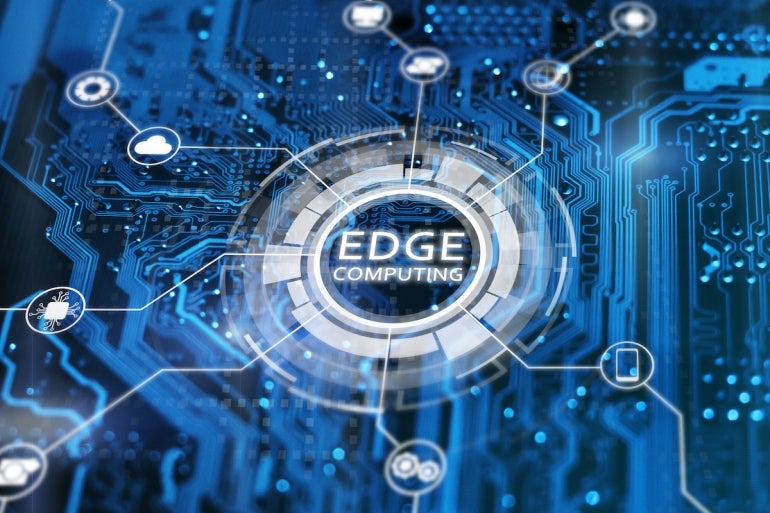
As technology advances, the demand for faster and more efficient computing solutions increases. Edge computing is one of the most promising solutions in this regard, allowing for data processing to be done at the edge of the network, closer to where the data is being generated. This reduces latency and improves the performance of applications. However, to unlock the full potential of edge computing, AI-powered algorithms are needed to enable intelligent decision-making and to enable the efficient processing of data.
AI-powered algorithms are computer programs that use artificial intelligence (AI) to learn from data, identify patterns, and make decisions. They are able to analyze large amounts of data quickly and accurately, and they can be used to automate processes and enable intelligent decision-making. AI-powered algorithms are particularly useful for edge computing, as they can be used to identify patterns in data and make decisions about how to best process the data. This can enable edge computing solutions to be more efficient and effective.
For example, AI-powered algorithms can be used to identify patterns in data generated by a connected device. This data can then be used to make decisions about how to best process the data. For example, if the data indicates that the device is sending a large amount of data, the algorithm can decide to process the data locally, instead of sending it back to the cloud for processing. This can significantly reduce latency and improve the performance of the application.
AI-powered algorithms can also be used to automate processes. For example, they can be used to detect anomalies in data and automatically take corrective action. This can be particularly useful for edge computing solutions, as it can help to ensure that the data is processed in the most efficient way possible.
In addition, AI-powered algorithms can be used to identify patterns in data and make predictions about future events. This can be used to optimize edge computing solutions and ensure that they are running as efficiently as possible. For example, if the algorithm can predict that a certain device is going to generate a large amount of data, it can pre-process the data to ensure that it is ready for processing when it arrives.
Overall, AI-powered algorithms can be used to unlock the full potential of edge computing. They can be used to identify patterns in data, automate processes, and make predictions about future events. This can enable edge computing solutions to be more efficient and effective, and can help to improve the performance of applications.
